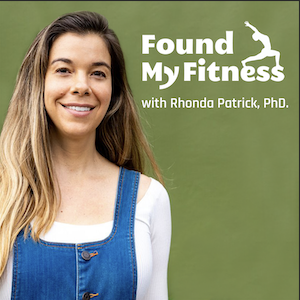Beneficial microbes are transferred to the baby while breastfeeding | The Biology of Breast Milk
Get the full length version of this episode as a podcast.
This episode will make a great companion for a long drive.
The Omega-3 Supplementation Guide
A blueprint for choosing the right fish oil supplement — filled with specific recommendations, guidelines for interpreting testing data, and dosage protocols.
Breast milk contains a diverse and highly complex community of microbes that come from a variety of sources. Exposure to this community may contribute to the differences observed in gut microbial populations between breastfed and formula-fed infants. In this clip, Dr. Rhonda Patrick describes the unique community of microbes present in human breast milk.
This transcript is reserved for members.
FoundMyFitness Members get access to exclusive content not available anywhere else, including a transcript of this episode.
You wouldn't believe how cool being a premium member of the world's best cross-disciplinary science-focused website and podcast really is.
Member only extras:
Learn more about the advantages of a premium membership by clicking below.
Supporting our work
If you enjoy the fruits of
 , you can participate in helping us to keep improving it. Creating a premium subscription does just that! Plus, we throw in occasional member perks and, more importantly, churn out the best possible content without concerning ourselves with the wishes of any dark overlords.
, you can participate in helping us to keep improving it. Creating a premium subscription does just that! Plus, we throw in occasional member perks and, more importantly, churn out the best possible content without concerning ourselves with the wishes of any dark overlords.
Breast milk News
- Frequent use of personal care products, such as fragrances and nail products, raises 'forever chemical' levels by 10% to 20% during pregnancy and breastfeeding.
- Polystyrene nanoplastic exposure alters breast milk proteins, potentially impairing neurodevelopment in breastfed infants.
- THC from a single use of cannabis accumulates in breast milk for up to 12 hours in breastfeeding women.
- Flaxseed oil supplementation boosts levels of some omega-3 fatty acids but not DHA in lactating women.
- Breastfeeding for six months or more appears to reduce the risk of cardiovascular problems developing in mothers for at least three years after delivery, according to new study.





